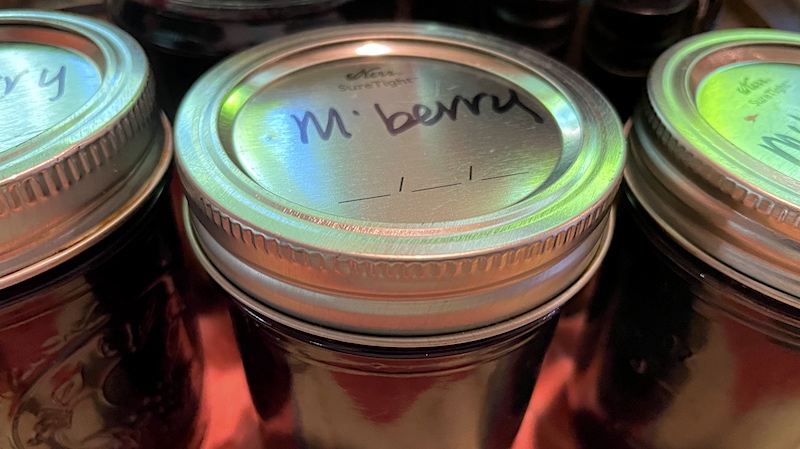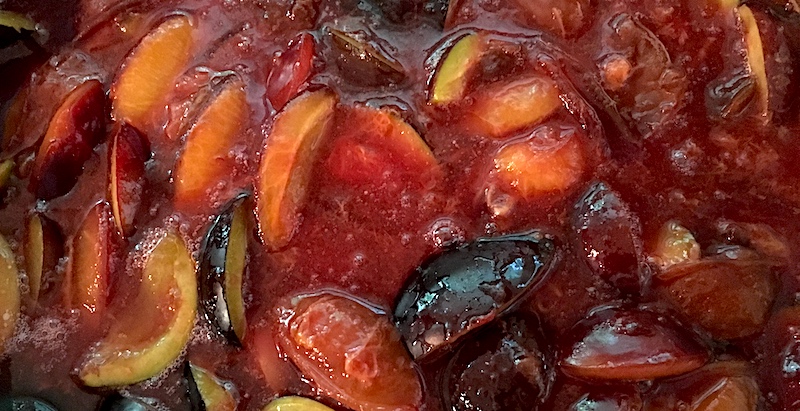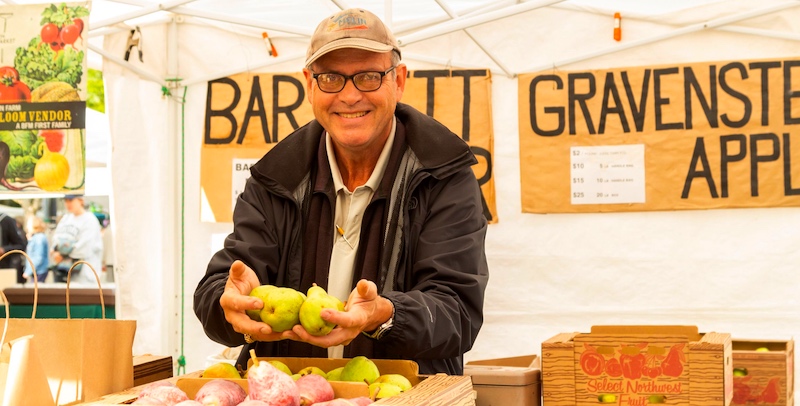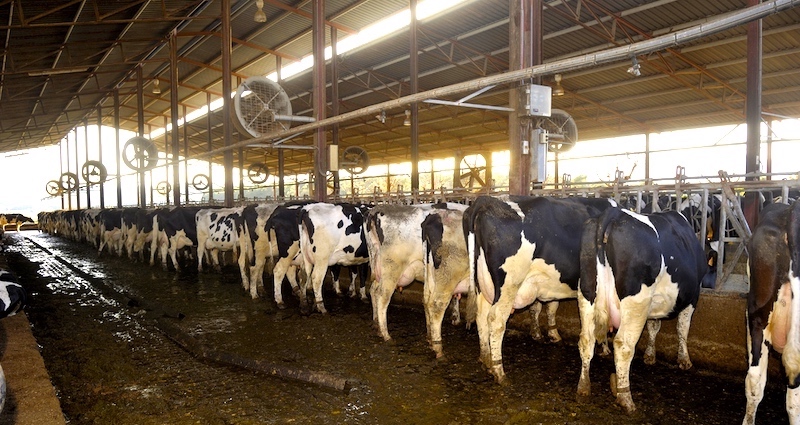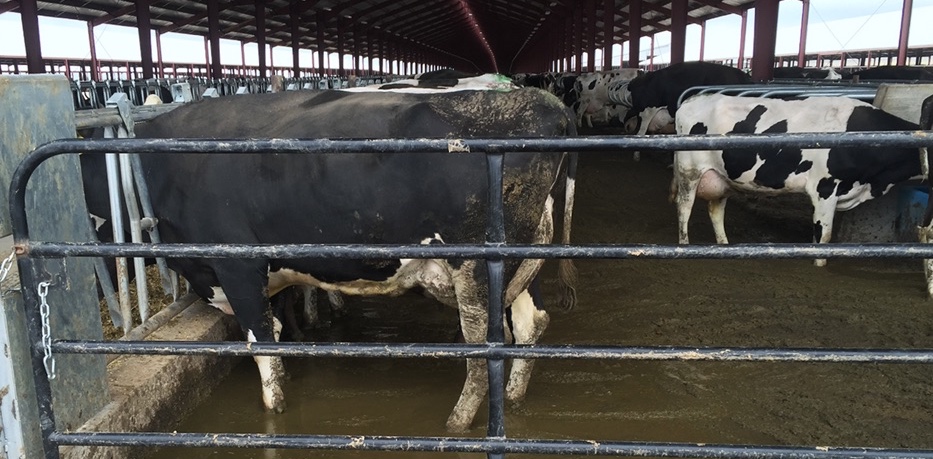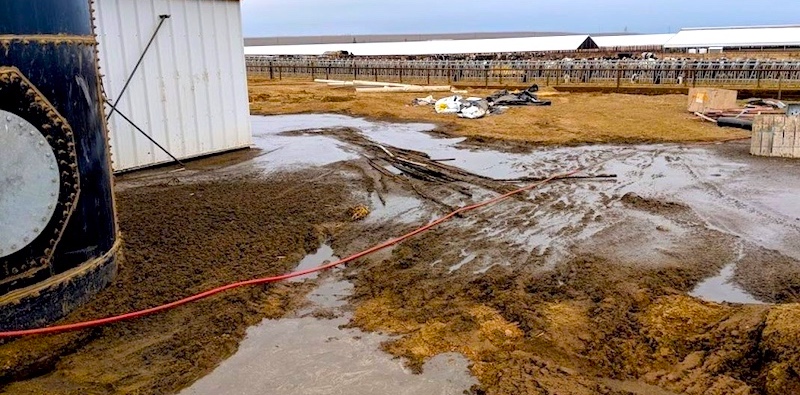
Cheers to the Holidays: Four Favorite Cocktails Set the Mood
During the holiday season my parents would invariably designate one evening before Christmas to invite friends over for an open house. My mom, a dedicated holiday baker, used the occasion to haul out all the fruitcakes she'd made—one packed with whole nuts and citron barely held together with batter, an applesauce bread studded with nuts and raisins, another cakey version that had been wrapped in a brandy-soaked cloth—plus cookies filled with jam, pinwheels stuffed with dates, and her signature Nanaimo bars that I'd eat by the dozen, all displayed on holiday-themed platters.

My dad made sure the bar was well-stocked, but his main task was to dig out the Tom & Jerry set from the basement and pull out the recipe card from the file, dog-eared, faded and stained from literally decades of Christmas parties past. On the day of the party, as Mom ran around the house in a frenzy, inspecting (and often redoing) my lackadaisical dusting and vacuuming and fussing over the table decorations of carefully arranged boughs studded with shiny glass Christmas ornaments. My dad would start making the batter for his Tom & Jerrys.
I don't remember any of their friends making this classic holiday drink, but it was a staple at our house growing up. Dad, who in my memory almost never spent time in the kitchen, would carefully separate the egg whites from the yolks, beat the whites into glossy peaks, then gradually fold in the yolks that had been beaten with powdered sugar and whipping cream. I was particularly fascinated with the teensy brown glass bottles of cinnamon and clove oil that had no doubt been around for years, since the batter only required a drop of each to flavor it. He'd dip a toothpick into the little bottle and pull it out, a shimmering drop of oil clinging to it, and ever so carefully let it drip into the batter.
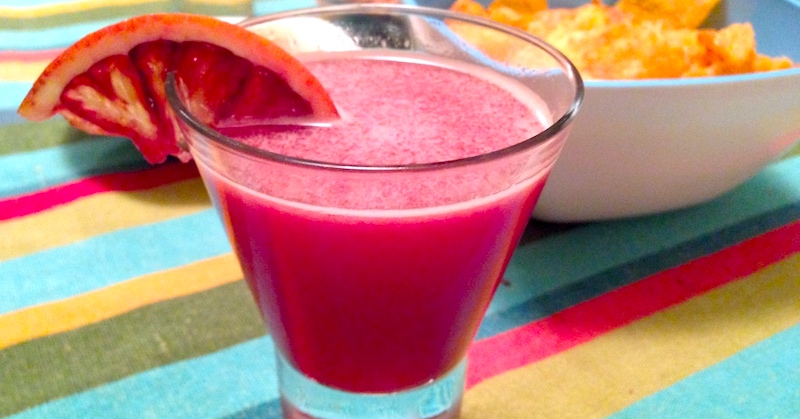
By this point Mom would have vanished upstairs to get dressed and put on lipstick—bright red—to match her holly-trimmed holiday apron, and Dad would be mixing the rum and brandy and putting the kettle on for topping off the cups. It's memories like these that, whenever the holidays roll around and the cold starts to creep in through the cracks around our doors and windows, you'll find me heading down to the basement to dig out our own Tom & Jerry set, start whipping egg whites and inviting the neighbors over.
Over the years I've collected a few recipes for holiday cocktails, and now seemed like a good opportunity to share them with you. Enjoy, and start making memories for you and yours!
My Dad’s Tom & Jerrys
For the batter:
6 eggs
Pinch of cream of tartar
1 lb. powdered sugar
1 drop oil of cinnamon
1 drop oil of clove
1/2 c. whipping cream
For each drink:
1 jigger (1.5 oz.) brandy
1/2 jigger (.75 oz.) rum
2 Tbsp. batter
Boiling water
Dash of fresh-ground nutmeg.
Separate eggs, putting yolks into large mixing bowl and whites into another bowl large enough to whip them in. Add cream of tartar to whites and whip into stiff peaks.
Beat egg yolks to combine and add cinnamon oil, clove oil and whipping cream. Beat, gradually adding powdered sugar till the mixture is thick and smooth. Add whipped egg white and slowly fold them into each other till you have a smooth, light batter.
To make drinks, put brandy, rum and batter into each cup (ours are 6-oz. cups), fill with boiling water and stir. Top with a sprinkle of ground nutmeg. For the kids, make Clyde & Harrys—simply leave out the alcohol and combine the batter and hot water and stir, topping with the nutmeg.
* Oils available at many natural foods stores. Just make sure they're food grade.
Ann and Chad's Hot Toddies
1 slice lemon, 1/8" thick
1 cinnamon stick
3 whole cloves
Pinch of fresh ground nutmeg
1 1/2 oz. whiskey (your choice)
2 oz. boiling water
1 tsp. honey
Place lemon in bottom of a mug or heat-resistant cup. With a muddler or the back of a spoon, crush the lemon gently to release its juices. Add the remaining ingredients and stir to combine.
Rodrigo's Cola de Mono (Tail of a Monkey)
This is a traditional Chilean Christmas drink, usually served cold. Best made a couple of days ahead.
3 qts. whole milk
4 c. of sugar
Peel of an orange (about 1" wide by 2" long)
4 cloves
A pinch of nutmeg
1 stick of cinnamon
2 Tbsp. freshly ground coffee
1 tsp. vanilla extract
1 qt. Aguardiente*, grappa** or pisco
Boil milk with sugar, orange skin, cloves, cinnamon and nutmeg. Once the milk has come to a boil, remove from stove and add the coffee and vanilla extract and stir constantly for about 5 to ten minutes or until the coffee dissolves as much as possible.
Once the mixture is cold, filter it (paper filters work best) or use a really fine colander with a paper towel. Add the spirit and pour into bottles with tight lids. Place in refrigerator and let it sit for a couple of days before serving. It will keep for a couple of weeks in the fridge.
Shake well before opening. Serve cold, over ice if desired (though not traditional). Can be garnished with a cinnamon stick or a sprinkle of cinnamon if desired.
* Aguardiente is a denomination of spirits that can range from vodka to sugar cane based, so the name is given not because of the source, but the alcohol content, which can be upwards of 120 proof alcohol. In Chile, Aguardiente is made from grapes and the alcohol content is usually somewhere between 45-55% (above 55% is illegal). Because aguardiente is a very generic term and the actual product and alcohol content varies from region to region, I suggest using a grape spirit such as grappa or pisco, preferably between 45-50% alcohol.
** Grappa, like champagne, is a spirit produced from grapes and can only be called grappa if it complies with certain requirements, such as being produced in a certain region of Italy. That’s why substituting it with a grape-based spirit like pisco can lower the cost considerably.
Keith's Bloody Monkey
This variation on a Monkey Gland, but uses fresh winter citrus. Makes one cocktail.
1.5 oz. gin
1.5 oz. blood orange juice, strained of pulp
1 tsp. grenadine
1/2 tsp Pernod
Add all ingredients to cocktail shaker. Add ice till shaker is 3/4 full. Shake vigorously for 20-30 seconds. Strain into a cocktail glass. Garnish with slice of blood orange.





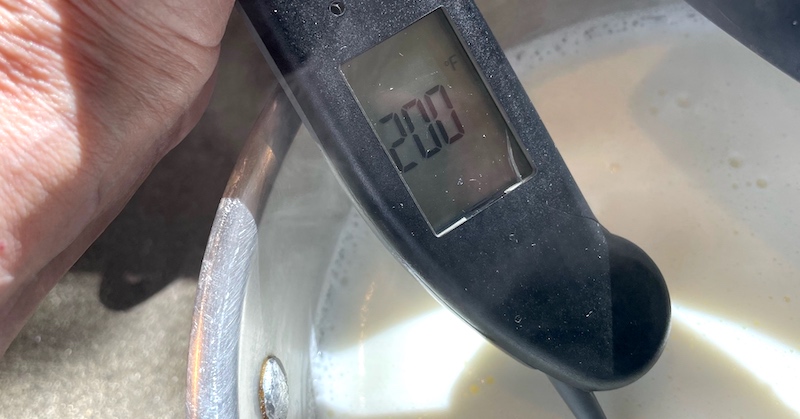

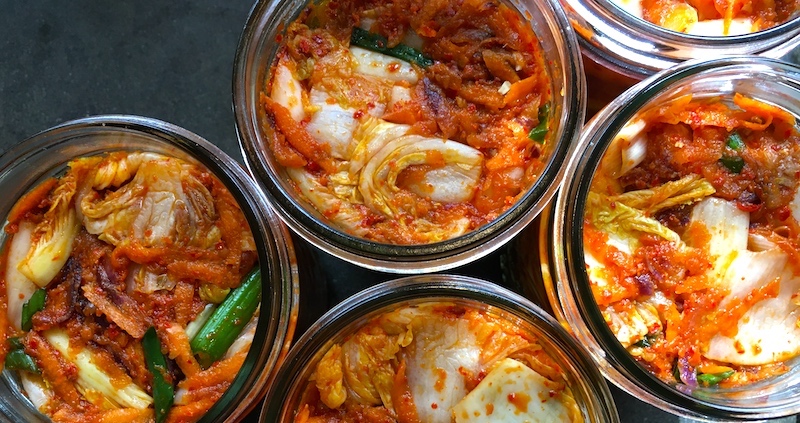


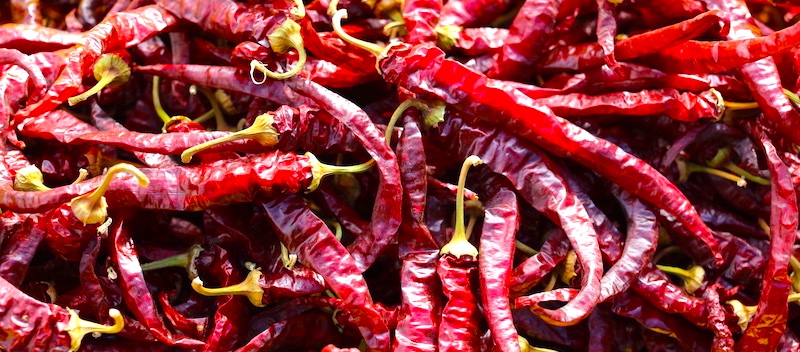
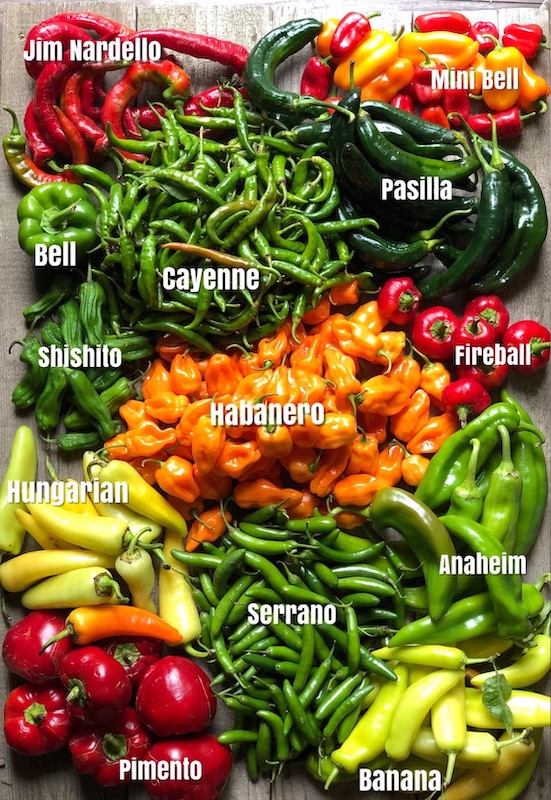 The chemical in chile peppers that gives them heat is capsaicin which is technically a neurotoxin. It stimulates the adrenal glands to release hormones, which theoretically creates an energy rush. The fiery sensation you feel also triggers the brain to produce endorphins, natural painkillers that promote a sense of well-being and stimulation. They can also make you sweat, which is your body’s natural air conditioner. This may explain why chiles figure prominently in cuisines in and around the tropics.
The chemical in chile peppers that gives them heat is capsaicin which is technically a neurotoxin. It stimulates the adrenal glands to release hormones, which theoretically creates an energy rush. The fiery sensation you feel also triggers the brain to produce endorphins, natural painkillers that promote a sense of well-being and stimulation. They can also make you sweat, which is your body’s natural air conditioner. This may explain why chiles figure prominently in cuisines in and around the tropics. Other peppers you will find in the market:
Other peppers you will find in the market:

